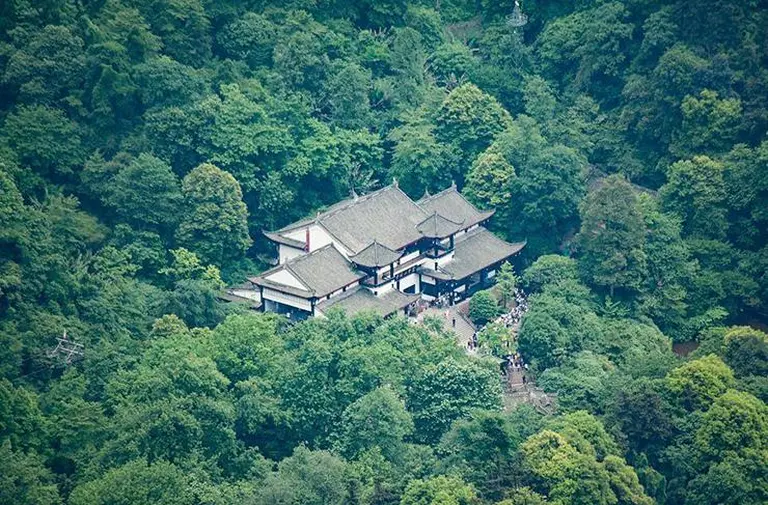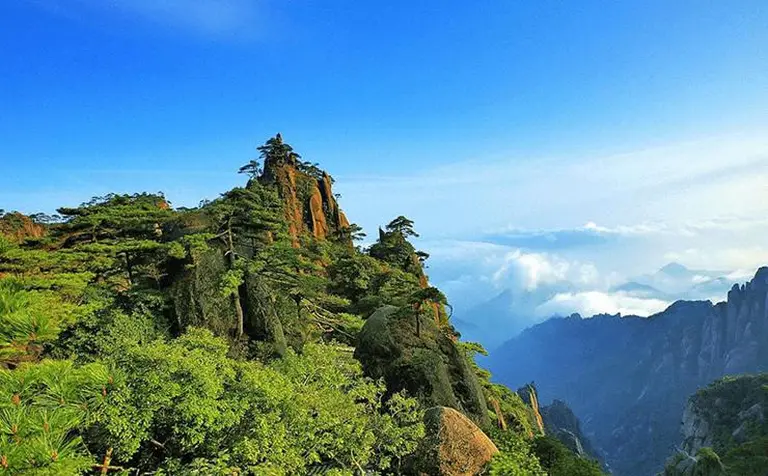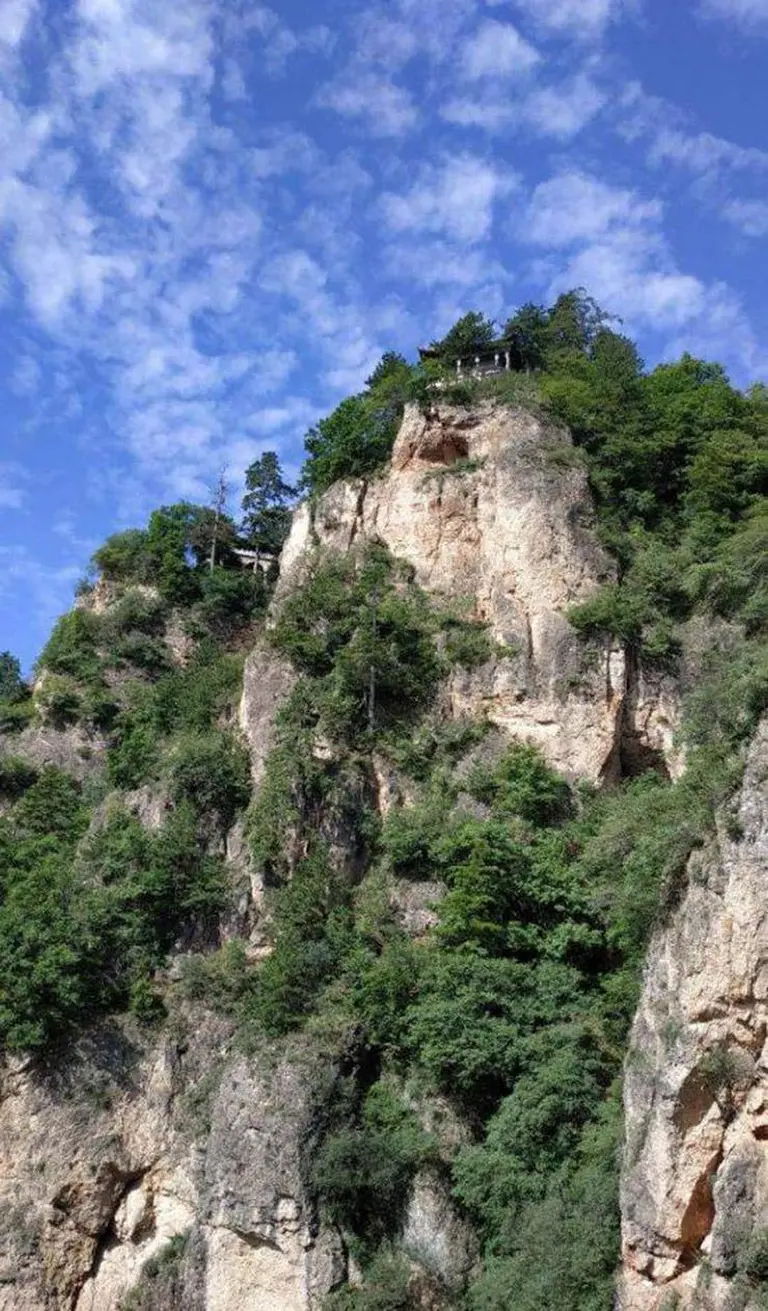China is home to some of the world’s most breathtaking landscapes — and among them, sacred mountains steeped in history and spiritual lore. These ten iconic peaks aren’t just stunning natural wonders — they are also deeply rooted in Taoist culture and legends, drawing thousands of curious travelers and pilgrims each year.
Let’s explore 10 of the most revered and visually enchanting mountains in China:
Wudang Mountain (Hubei Province)
Wudang Mountain has been considered a sacred site since the Ming Dynasty, when emperors built temples here to honor the royal family. Today, it stands as a UNESCO-recognized Taoist sanctuary and the legendary birthplace of the Wudang martial arts tradition.

Longhu Mountain (Jiangxi Province)
The name “Dragon and Tiger Mountain” originates from a tale during the Eastern Han Dynasty when Zhang Daoling, a Taoist master, reportedly summoned a dragon and a tiger while crafting elixirs here. It’s regarded as one of the cradles of Taoism, having nurtured 63 generations of Taoist practitioners.

Mount Qingcheng (Sichuan Province)
One of the Four Sacred Taoist Mountains in China, Mount Qingcheng is a tranquil retreat blanketed by lush forests and mist. Recognized as a World Heritage Site, it offers both natural splendor and ancient Taoist temples nestled along its trails.

Qiyun Mountain (Jiangxi Province)
Located in the remote and misty wilderness of Chongyi County, this mountain is shrouded in dense forests, cascading waterfalls, and ethereal cloud cover. Liu Kaiyun, a legendary hermit, once built a temple here, turning it into a spiritual retreat for Taoist cultivation.

Sanqing Mountain (Jiangxi Province)
The “Three Pure Ones Mountain” in Shangrao is the fifth tallest peak in Jiangxi and is celebrated for its remarkable geological formations and Taoist heritage. With over 1,600 years of Taoist history, this mountain is often described as an open-air museum of ancient Taoist architecture.

Mount Laojun (Henan Province)
Named after Laozi, the founder of Taoism, Mount Laojun near Luoyang is revered as a spiritual epicenter. Taoist followers, especially in northern China, consider it one of the most sacred destinations for pilgrimage and meditation.

Kongdong Mountain (Gansu Province)
Regarded as the very first Taoist mountain, Kongdong’s cultural significance is unmatched. Its zigzagging trails, lush forests, and cloud-kissed peaks make it feel like a realm untouched by time — a place where earthly distractions melt away.

Laofu Mountain (Sichuan Province)
Located in Mianyang, Laofu Mountain boasts dramatic cliffs, hot springs, karst caves, and quiet trails. Though rugged and remote, it’s filled with natural charm and mystery, marking it as one of China’s Top 10 Taoist Mountains.

Heming Mountain (Sichuan Province)
Named after the elegant crane species once seen gliding above its slopes, Heming Mountain near Chengdu is hailed as the “hometown of Taoism.” One of the four great mountains of ancient Jian’nan, it holds deep spiritual roots and historical reverence.

Mount Mao (Jiangsu Province)
Nestled in Changzhou, Mount Mao features nine peaks, ten streams, 26 caves, and 28 deep ravines. It’s best known as the birthplace of the Shangqing School of Taoism and continues to be a sacred retreat, rich in ancient architecture and natural beauty.

From mystical legends to breathtaking scenery, these ten mountains offer far more than just a hiking trip — they promise a spiritual journey through time, culture, and nature. Whether you’re a lover of history, a Taoism enthusiast, or simply a traveler in search of awe-inspiring beauty, these sacred peaks of China are destinations that leave the soul stirred and the heart full.
So, if you’re planning your next adventure, consider stepping off the beaten path and into the clouds — where ancient wisdom meets natural wonder.
Follow us for more hidden travel gems, cultural wonders, and bucket-list experiences from around the world!






